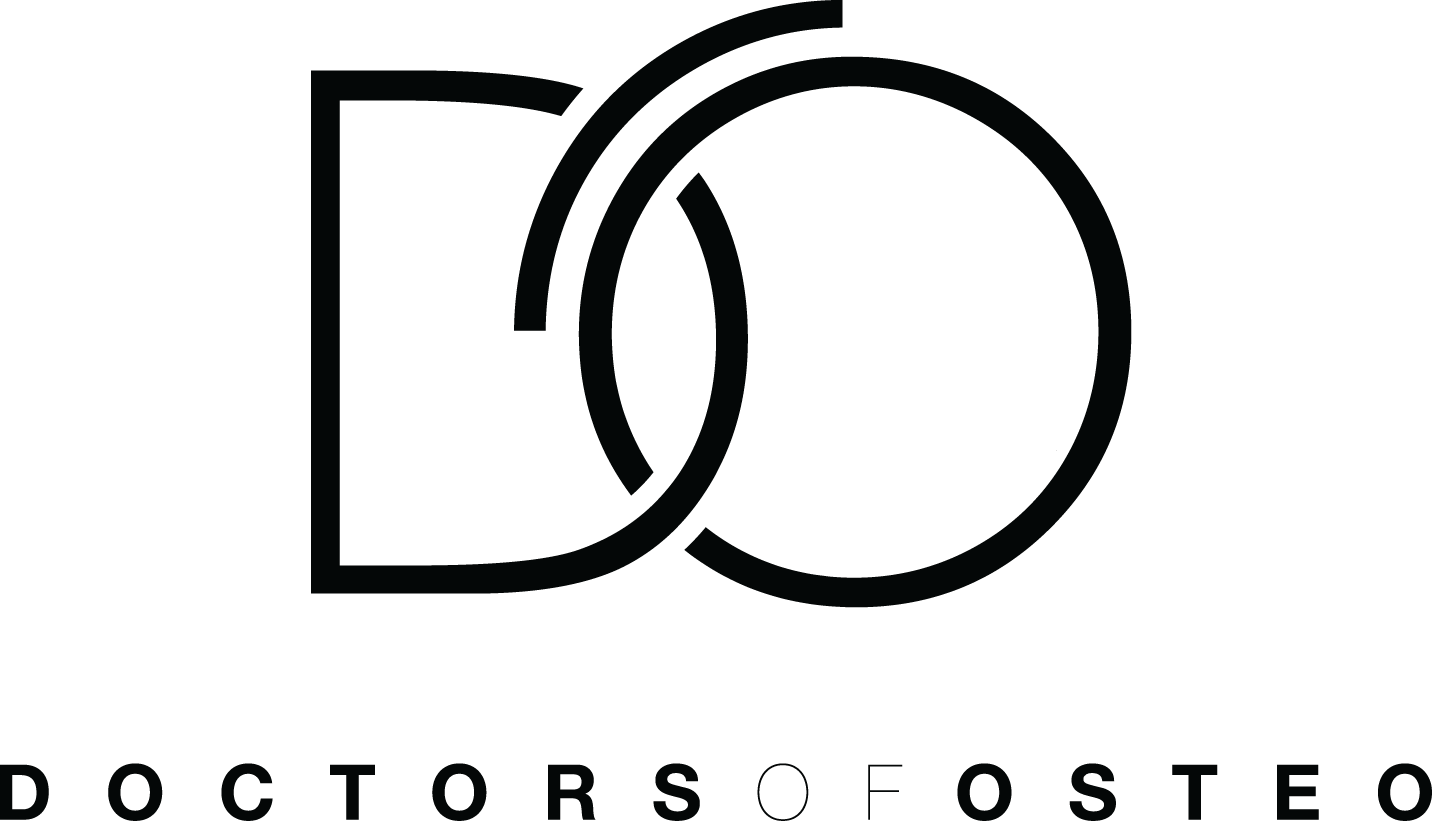Common Triggers for Migraines and Headaches: An Osteopathic Perspective
Migraines and headaches are common issues that can significantly impact quality of life. While they can be triggered by various factors, identifying and managing these triggers is a crucial step toward reducing frequency and intensity. From an osteopathic perspective, understanding the body’s structure and function can play a vital role in managing these conditions. Let’s explore some of the most common migraine and headache triggers.
1. Postural Imbalances and Tension
Postural imbalances are a common yet often overlooked trigger for headaches and migraines. Poor posture, especially when sitting for extended periods, can lead to tightness in the neck and shoulders. This tightness can cause tension-type headaches or even trigger migraines
2. Stress
Stress is a well-known trigger for both tension headaches and migraines. The body’s stress response can lead to muscle tension, hormonal changes, and increased sensitivity to pain. Incorporating stress-management techniques such as mindfulness, meditation, and regular osteopathic adjustments can help mitigate these effects.
3. Dietary Triggers
Certain foods and beverages are common culprits for migraines. Common dietary triggers include:
Caffeine (either overconsumption or withdrawal)
Alcohol, especially red wine
Processed or aged foods (e.g., aged cheese, cured meats)
Foods containing artificial sweeteners or preservatives
Keeping a food diary can help identify and avoid specific dietary triggers.
4. Dehydration
Even mild dehydration can lead to headaches. Staying hydrated is essential for overall health and can help prevent headaches caused by dehydration. Osteopaths may also recommend lifestyle adjustments to support better hydration habits.
5. Hormonal Fluctuations
Hormonal changes, particularly in women, are a well-known migraine trigger. Fluctuations in estrogen levels during menstruation, pregnancy, or menopause can increase migraine frequency.
6. Sleep Disturbances
Both too much and too little sleep can trigger headaches and migraines. Establishing a consistent sleep schedule and addressing any underlying sleep disorders can help.
7. Environmental Factors
Environmental triggers like bright lights, loud noises, strong odors, or changes in weather can provoke migraines. Wearing sunglasses, using earplugs, or reducing exposure to strong smells can help mitigate these triggers.
8. Jaw and Dental Issues
Temporomandibular joint (TMJ) dysfunction or teeth grinding (bruxism) can contribute to chronic headaches. Osteopaths can work to release tension in the jaw and surrounding muscles, alleviating headache symptoms.
Final Thoughts
Understanding and managing migraine and headache triggers is a critical step toward living a more comfortable, headache-free life. If you’re struggling with chronic headaches or migraines, consider consulting an osteopath to develop a personalised treatment plan that addresses your unique triggers and promotes long-term relief.
If you have any questions or are ready to explore osteopathic care, contact us today to schedule a consultation. We’re here to help you find lasting relief.


